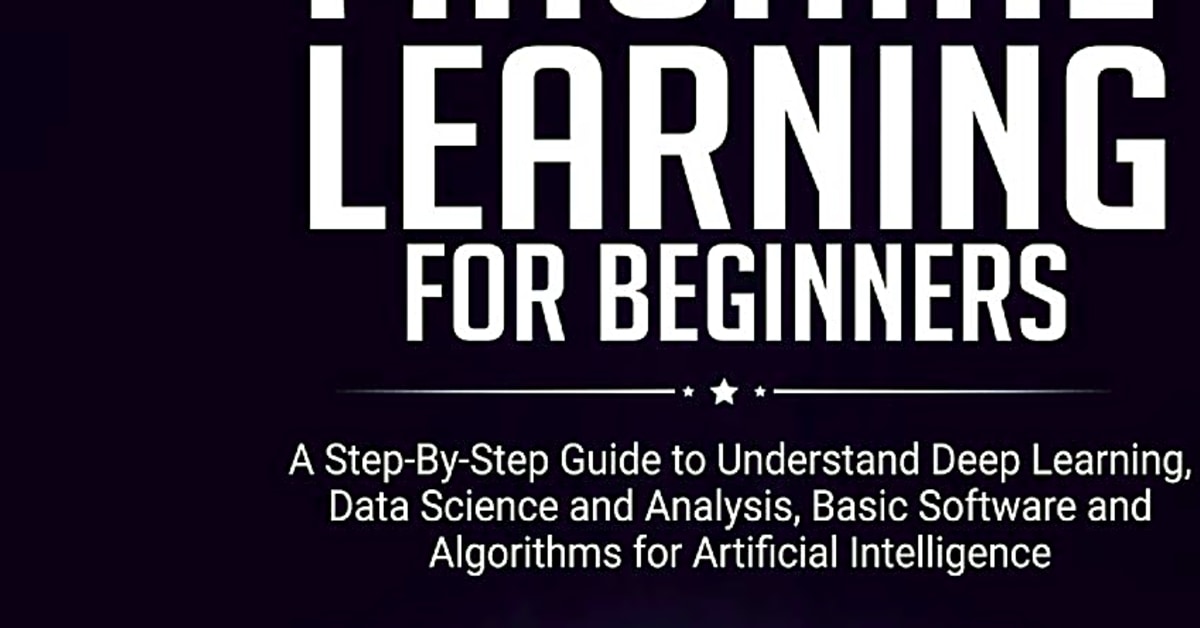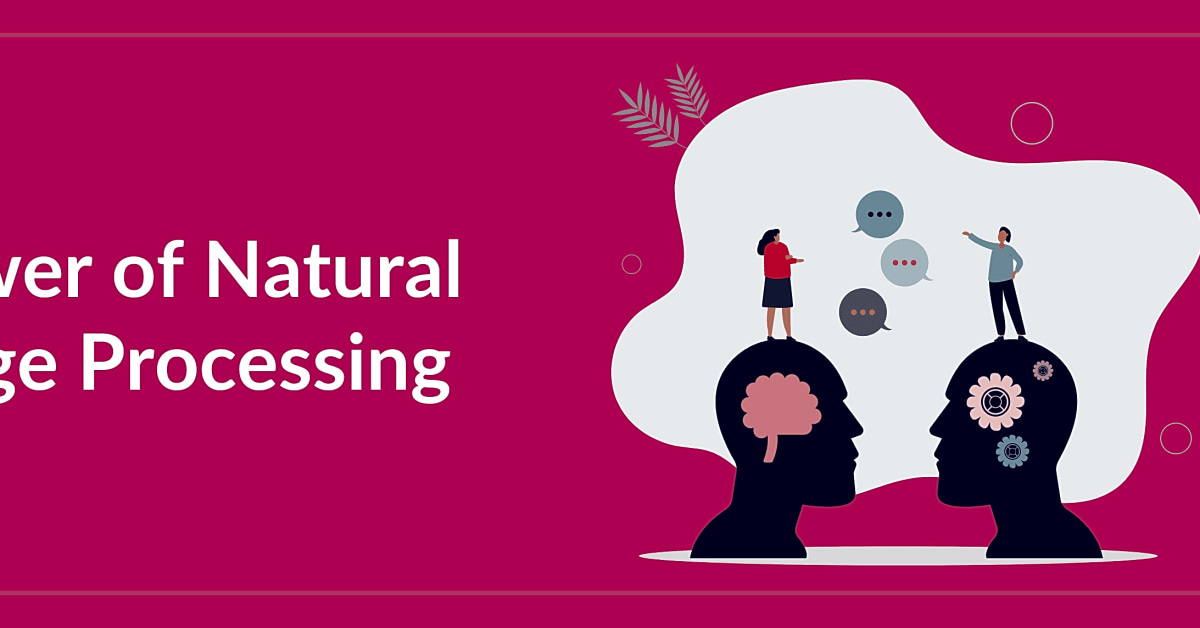In the world of marketing, staying ahead of the game is crucial for success. As technology continues to advance, businesses must adapt in order to stand out and effectively reach their target audience. One such technological advancement that has been making waves in the marketing industry is Artificial Intelligence (AI). Within the realm of AI, there is a specific branch known as Computer Vision that has been gaining traction in recent years. With its ability to analyze and interpret visual data, Computer Vision has opened up a whole new realm of possibilities for marketers. In this article, we will take a deep dive into the role of Computer Vision in AI marketing and how it is revolutionizing the way businesses approach their marketing strategies. So, buckle up and get ready to explore the exciting world of Computer Vision and its impact on the marketing landscape.
Welcome to our article on Computer Vision in Artificial Intelligence Marketing. As technology continues to advance, businesses are constantly seeking new ways to improve their digital marketing efforts. One of the most powerful tools available is Artificial Intelligence (AI) and its subset, Computer Vision. In this article, we will cover everything you need to know about Computer Vision and how it can revolutionize your marketing strategy. First, let’s define what Computer Vision is. It is a branch of AI that focuses on enabling computers to understand, interpret, and analyze visual data. This technology uses algorithms and deep learning techniques to recognize patterns and objects in images or videos, just like a human would.
By incorporating Computer Vision into your marketing strategy, you can enhance customer segmentation, predictive analytics, and even personalize your messaging with the use of chatbots. Imagine being able to target your audience based on their interests and behaviors in real-time! This level of personalized targeting can greatly increase the effectiveness of your marketing campaigns and drive higher conversion rates.
With Computer Vision, you can also improve your customer segmentation by analyzing visual data such as customer demographics, interests, and behaviors. This allows you to create more targeted and relevant marketing messages for different segments of your audience. By understanding your customers better through visual data, you can tailor your marketing efforts to their specific needs and preferences.
Another benefit of Computer Vision in marketing is the ability to use predictive analytics. This technology can analyze visual data from past campaigns and use it to predict future outcomes. By analyzing patterns and trends in customer behavior, Computer Vision can help you make data-driven decisions for your marketing strategy and optimize your campaigns for better results.
The use of chatbots is another way Computer Vision can improve your marketing efforts. By incorporating this technology into your chatbot, you can provide a more personalized and human-like experience for your customers. Computer Vision can help chatbots understand and respond to visual cues from customers, making the interaction more natural and efficient.
In conclusion, Computer Vision is a powerful tool that can greatly enhance your marketing strategy. By understanding and utilizing visual data, you can improve customer segmentation, predictive analytics, and personalize your messaging with the use of chatbots. As AI and technology continue to advance, it is important for businesses to stay ahead of the game and incorporate innovative tools like Computer Vision into their marketing efforts.
Improve Predictive Analytics
Predictive analytics allows you to anticipate customer behavior and tailor your marketing strategies accordingly.
Personalize Messaging with Chatbots
Chatbots powered by Computer Vision can provide personalized recommendations and messaging to customers in real-time.
Enhance Customer Segmentation
With Computer Vision technology, you can gain a deeper understanding of your target audience. This advanced AI tool uses algorithms and machine learning to analyze visual data such as images and videos. By using Computer Vision, businesses can enhance their customer segmentation by identifying patterns and behaviors in their target audience’s online activity. This allows for more personalized and targeted marketing strategies, leading to a higher conversion rate and customer satisfaction. With the ability to accurately analyze large amounts of visual data, Computer Vision can provide valuable insights into customer preferences, interests, and demographics. This information can then be used to create tailored marketing campaigns that resonate with specific segments of your target audience. Additionally, Computer Vision can help businesses identify potential new market segments and expand their customer base. Overall, incorporating Computer Vision into your marketing strategy can greatly enhance your customer segmentation and drive better results for your business.
Real-Life Case Studies and Successful Implementations
In today’s competitive business landscape, staying ahead of the curve is crucial for success. This is where Artificial Intelligence (AI) and its subset, Computer Vision, come into play. Many businesses have already embraced this technology and have seen significant improvements in their marketing efforts.
Let’s take a look at some real-life case studies to see how businesses are successfully implementing Computer Vision in their marketing strategies.
1. Sephora
Sephora, a multinational beauty retailer, has been utilizing Computer Vision to revolutionize their in-store experience. With the help of AI-powered technology, customers can now virtually try on different makeup products and get personalized recommendations based on their skin tone and features. This has not only enhanced the shopping experience but also increased customer satisfaction and sales.
2. Coca-Cola
Coca-Cola has also leveraged Computer Vision in their marketing strategy by using AI-powered cameras to analyze customer behavior in their stores. The cameras track eye movements and facial expressions to determine which products are most attractive to customers. This valuable data helps them optimize their product placement and marketing campaigns for maximum impact.
3. ASOS
Online fashion retailer ASOS has implemented Computer Vision technology to improve their product search function. Customers can now upload a photo of an outfit they like, and the AI system will find similar products available on the ASOS website. This has made the shopping experience more convenient and efficient for customers, leading to increased sales for the company.
These are just a few examples of how businesses are successfully utilizing Computer Vision in their marketing strategies. As you can see, this technology has the potential to transform the way we market products and services, providing a more personalized and efficient experience for customers.
Computer Vision is a powerful tool that can greatly enhance your digital marketing efforts. By incorporating this technology into your strategy, you can improve customer segmentation, predictive analytics, and personalize messaging with chatbots. Be sure to stay up-to-date on the latest advancements in Computer Vision to stay ahead of the competition.


